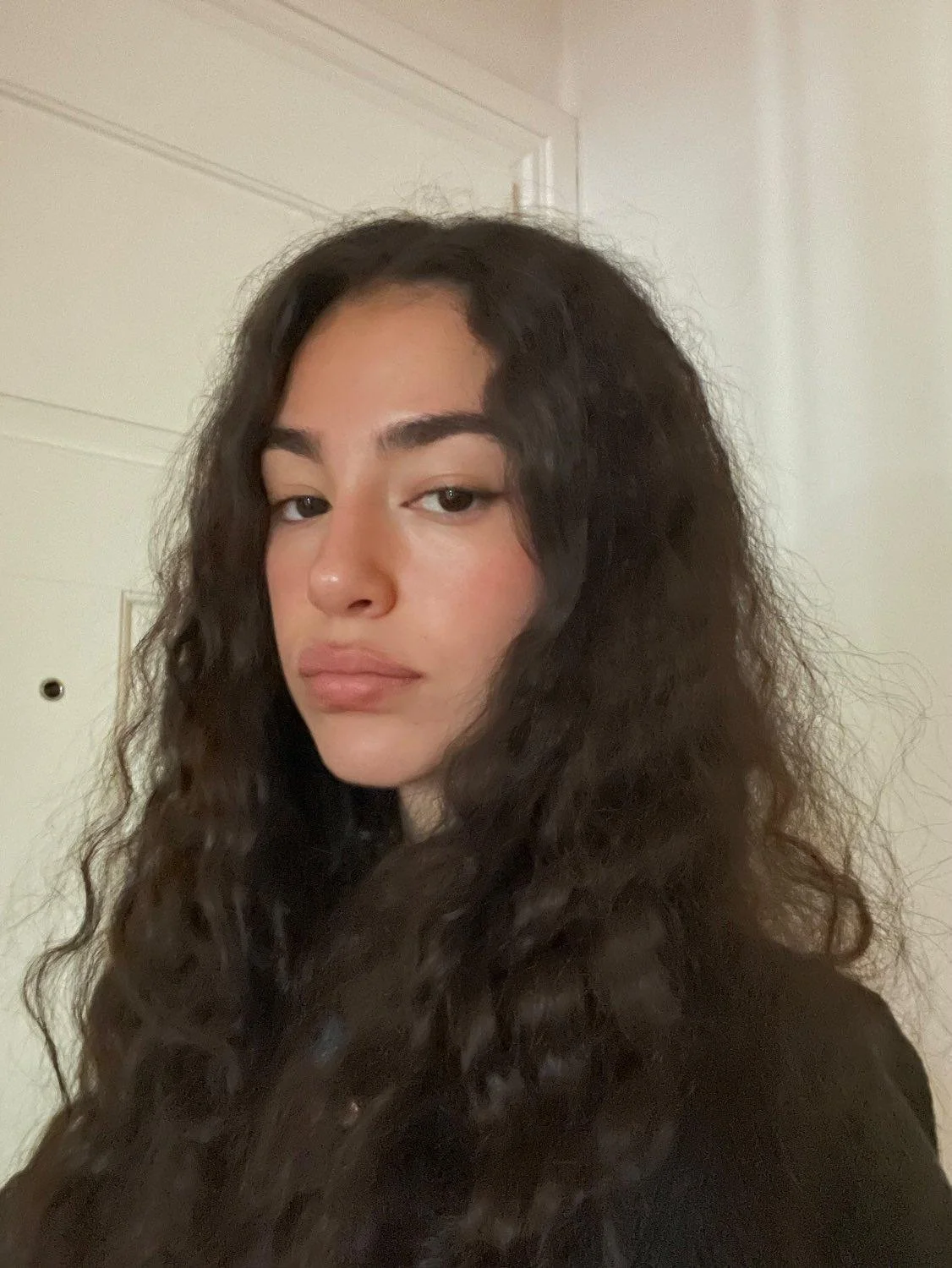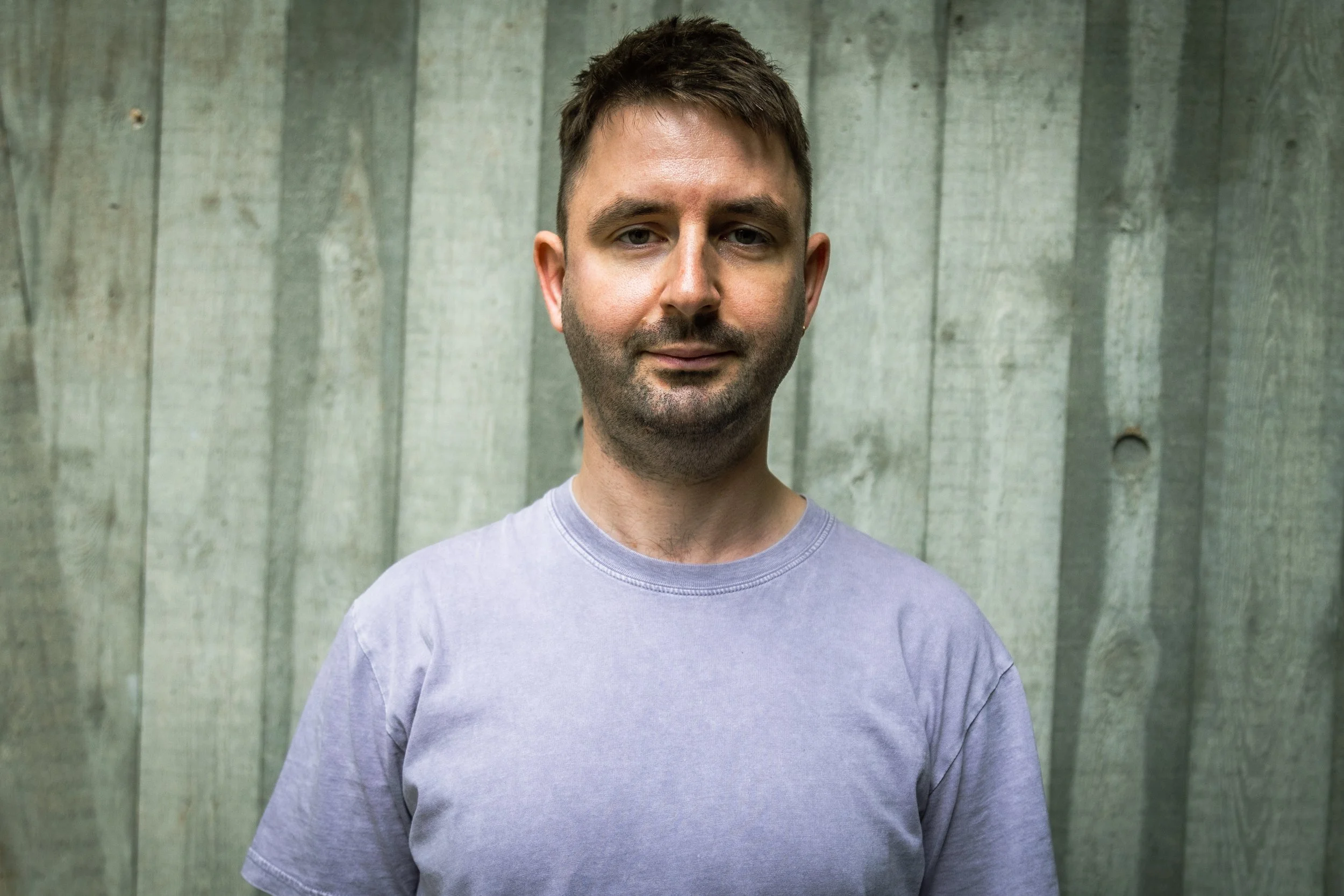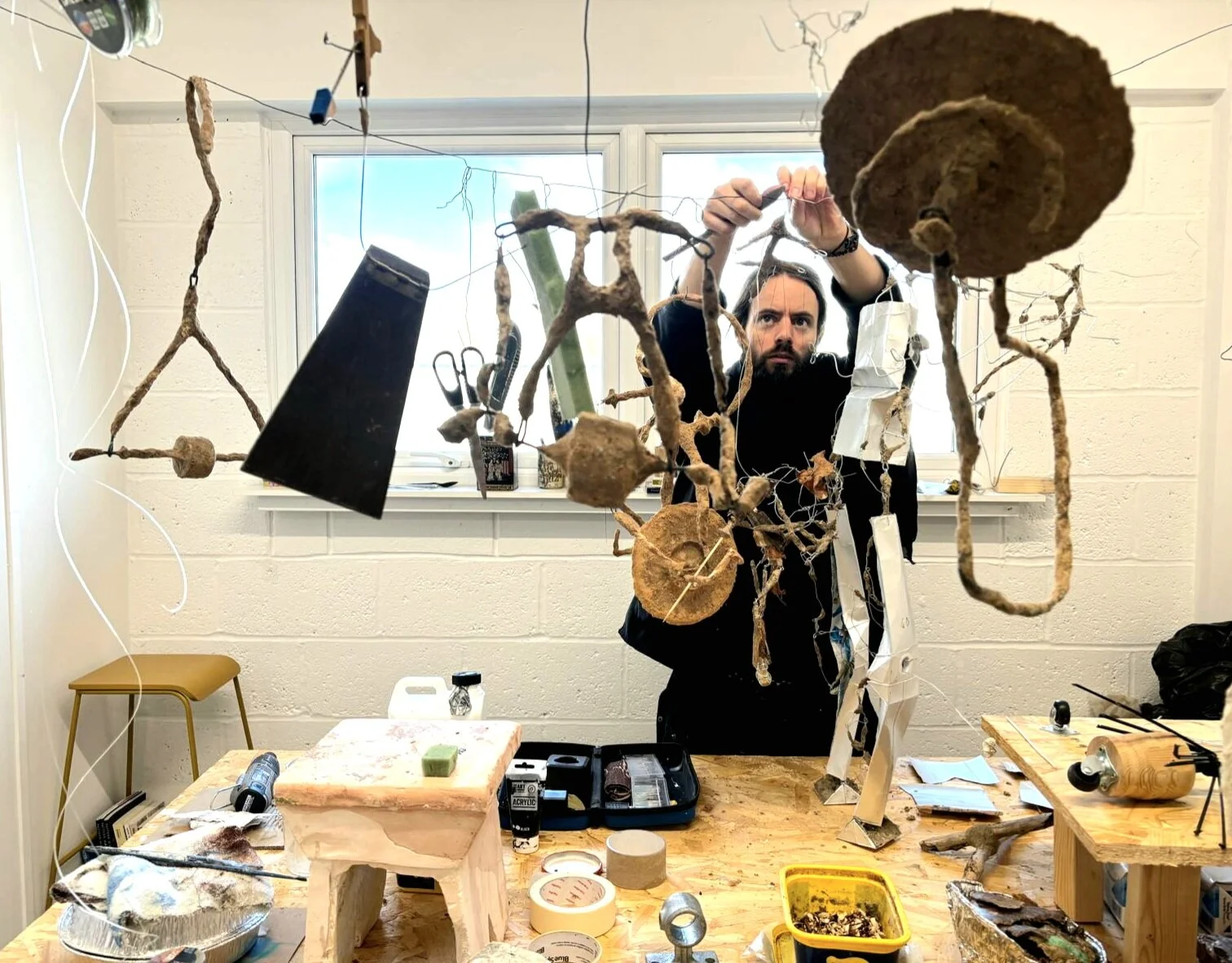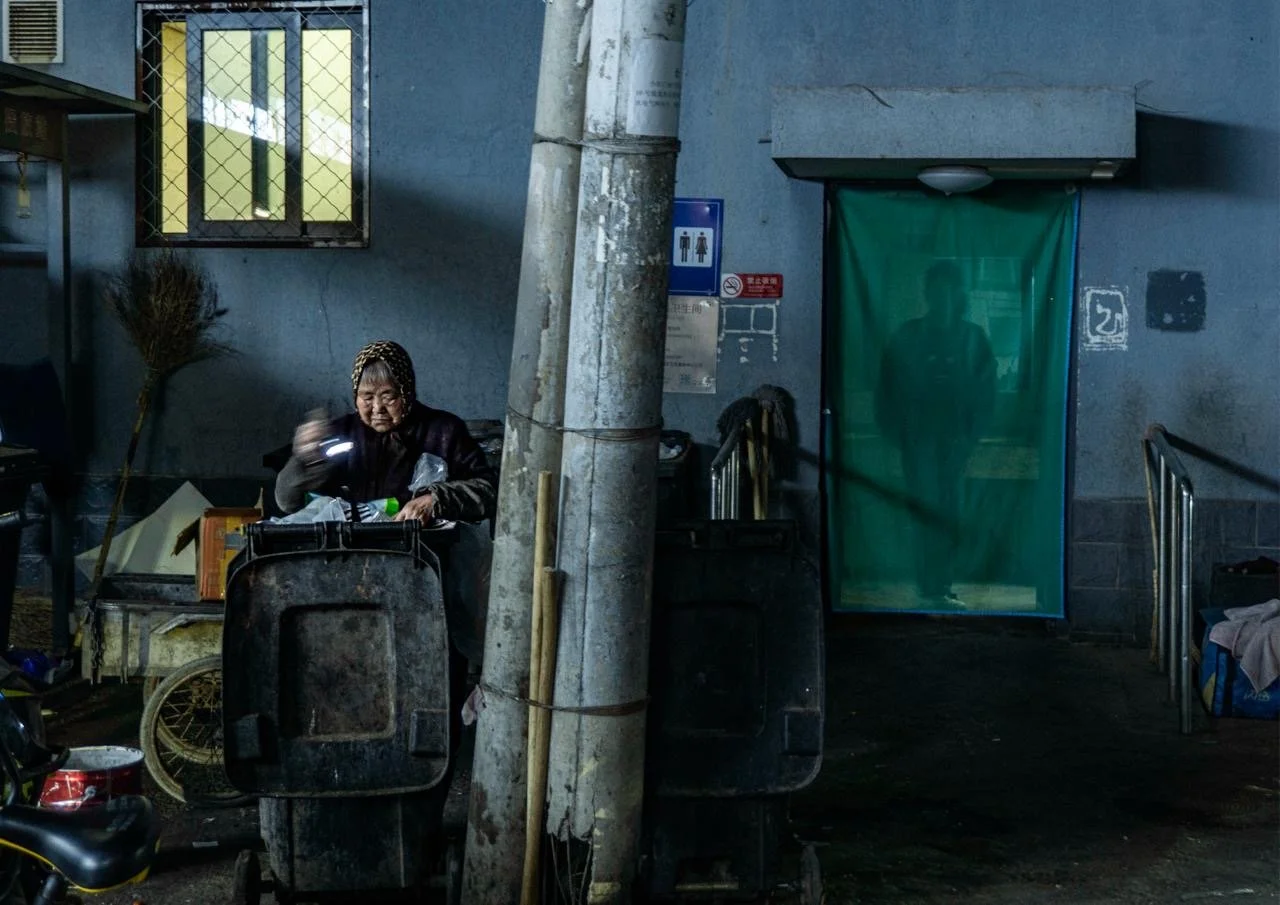In conversation with Aparajita Jain
“The idea is to create an impact in a larger format for the industry on the whole so that many more people can learn and hopefully come into the field of the arts.”
- Aparajita Jain
Image: Aparajita Jain
Aparajita Jain, the co-director of Nature Morte Art, is a significant figure in India's art scene. She is also the founder of terrain.art, India’s first blockchain-powered art platform. A pioneer in the Indian art world, Jain co-founded India’s first international sculpture park. Additionally, she is a patron of India's very first biennale, the Kochi-Muziris Biennale. Currently, Jain advises on the boards of ICCR and the International Sculpture Centre.
Can you tell us about your background in the arts and shed light on the journey of Nature Morte to its current fruition?
Essentially, my background is in psychology and I come from a business family. However, my interest in the arts was perpetuated by my paternal grandfather who exposed me to the arts pretty much since I was born. I was surrounded by very high-thinking, intellectual art and we were encouraged to read poetry, watch the opera and plays, whatever was accessible in Calcutta, in my younger years, in Mumbai, and then of course, while we were traveling. Post my marriage, after a few years of working, I decided to start working with young emerging artists and I opened my first space called Seven Art Limited in 2008. After the Lehmann brothers collapsed and the funding in the world had dried up, I was very worried about what younger artists would do. So, Seven Art started as a platform for emerging, thinking artists that were working with media that were very experimental. That is how I got to meet Peter, we worked a tad bit together. At some point, he asked me to buy into Nature Morte, I agreed and here we are.
According to you, what does it mean to be a leader in the art industry today?
I don’t know whether we are leaders, but we are definitely frontrunners. To me, that position means actually introducing practices into the industries and working on systems that will help many, many more people get the same opportunities that foreign artists have. So some of my initiatives are non-profits where we run The Sculpture Park and do curatorial grants, as well as Terrain.Art which is a block-chain platform for the absolute emerging, as well as craft and other sectors of art that can hopefully have more impact in the industry at large. I have spent a lot of our money on making educational videos and we’ve come up with a course that is gonna be introduced with MAP (Museum of Art and Photography) in Bangalore. The idea is to create an impact in a larger format for the industry on the whole so that many more people can learn and hopefully come into the field of the arts.
Can you provide insight into the contemporary art scene in India and how it influences the global art industry today?
I think per se India is on a serious growth curve now which has a residual effect on contemporary art. We have a very, very thriving and booming contemporary art scene in India, we are seeing new museums come up, new institutions come up, and a lot more interest in the development of the sector. Just the way India’s economy and political position is going to impact the world, so is its art. And we are at the nascent stages of that. In five years, the scene will be different.
Image: Kamrooz Aram, Untitled (Arabesque Composition), 2023. Oil, oil crayon and pencil on linen 66 x 56 in. Image courtesy of Nature Morte.
Congratulations on Nature Morte's 25th anniversary. Can you highlight some memorable moments and challenges faced during this time?
This is really a question for my partner Peter because he started Nature Morte. My history with Nature Morte is 10 years old. Some of the best moments for me have been doing things that were not possible earlier, so it could be museum shows. We have more and more museum shows of Indian art that we are seeing internationally. I mean, for me, my museum shows and my artists getting to make large scale works that are eventually acquired by institutions has been in my highlights. The challenges have been, oh my gosh, way more than the memorable moments. It's a lot to do with working and meeting up with the needs of the artists as well as clients while improving the eco system of the arts. But there are so many that it is hard to document in one interview.
How have your experiences as a gallerist evolved in recent years? What significant lessons have you learnt about yourself, your abilities, or life in general?
I think the one thing that it has reinforced about myself is resilience, the second thing that has evolved for me is my commitment to the ecosystem of the arts and helping create a larger industry impact which does not only stay to contemporary but really is also about skill-based learning for folk art and tribal art. Multitasking has been something that I learnt, managing a lot more in less time and of course hiring better people so that more can be done. I think every day that I work, I realise how much has to be done in India. And I think my life is going to be committed and dedicated to working on the people who need more help than our current roster of artists. While I remain committed to our current roster of artists, the time that opens up is going to be committed to that.
Have you been inspired or influenced by any artists, writers, curators, or other creative thinkers?
I have been deeply influenced by many of my artists by their ability to think beyond the box, their ability to dream and their ability to remain with integrity to their thoughts. I have been influenced by many curators with their commitment to the arts and the way they think. Their thinking has helped distill mine. Often a conversation with an artist has helped me sometimes in my personal life. It's really teaching me how to think and that for me has been very precious.
We're always on the lookout for fresh talent. Can you recommend three up-and-coming artists based in Delhi that we should be watching?
I am very excited about Ayesha Singh. We just recently had a show and I am very very excited about her. I am always excited about Asim Waqif. And there is an artist called Shailika whose show we just had, and I am very excited about that. I think we should be watching them all.
Image: Sagarika Sundaram, Siren, 2023, Wool, silk, bamboo silk, 195.6 x 165.1 x 10.2 cm.Image courtesy of Nature Morte.
What advice would you give to a young person looking to break into the art industry?
To a young person looking to break into the industry, I think more than skill, it is dedication, resilience and a commitment to their jobs. I think one of the problems that we are seeing with the younger generation is that they are not committed and they hope to learn things by jumping around, it doesn't work. The 10,000 hour-rule applies so I think drilling down and working in a particular field in that particular segment within that field and working through the hours is what I recommend.
What exciting plans does Nature Morte have in store for the upcoming Frieze London?
We are very excited about Nature Morte in Frieze London, we are very excited about Suhasini's showcase there and we are very excited about the artists that we are showing. We have a breakfast at the Hayward where we are going to be celebrating Asim Waqif’s commission where he is going to be doing a talk. We are just pretty much excited about it all.
Who is Aparajita Jain beyond the professional 'office' setting?
Me beyond the professional setting is a mum, I have two children, 22 and 18. I box and I prioritise my family above everything else. So beyond the professional and office, it is my kids, my family and my boxing. I read, I travel a lot, that is me.
Website: naturemorte.com
Instagram: @naturemorte_delhi
Facebook: naturemorteofficial
LinkedIn: Nature Morte Delhi
































